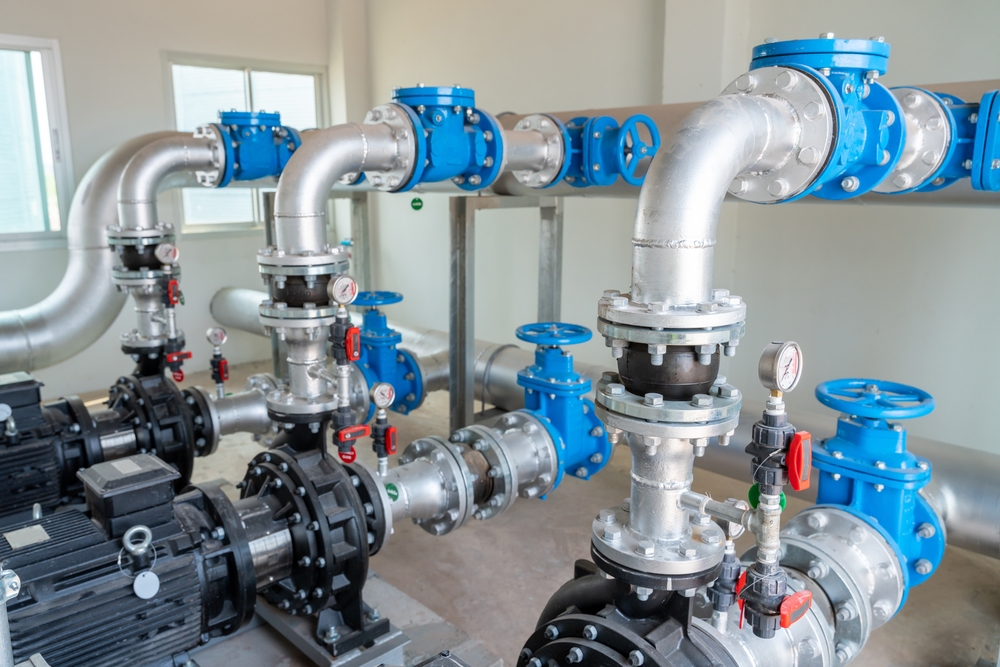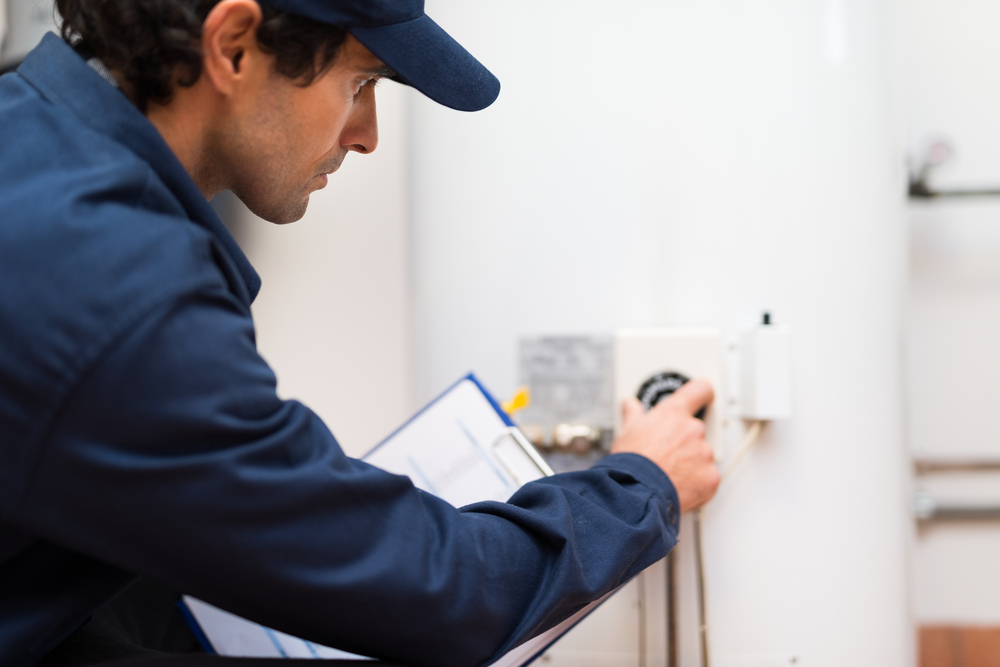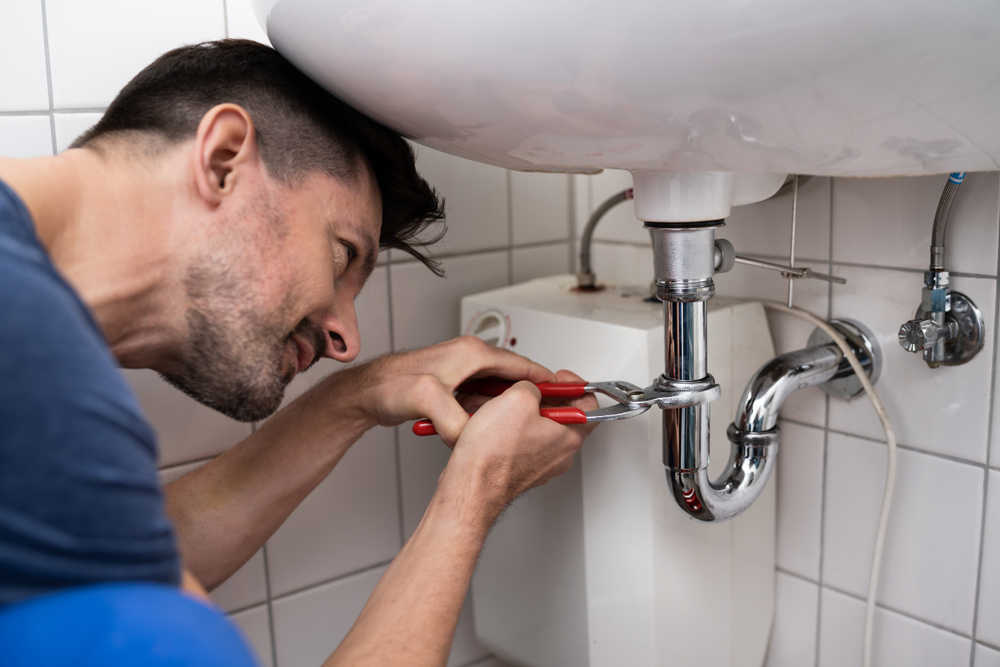The Importance of Regular Maintenance and Inspection for Your Plumbing Systems
Did you know that plumbing issues are among the most common and costly household repairs? According to the Environmental Protection Agency (EPA), the average household’s leaks can account for nearly 10,000 gallons of water wasted every year. This statistic highlights the critical need for regular maintenance and inspection of plumbing systems. For every homeowner, ensuring that plumbing systems are in optimal condition is not just about preventing inconvenient leaks but also about safeguarding your home’s overall health and value.
Proper plumbing maintenance and inspection can save homeowners from the stress and expense of emergency repairs, protect property values, and ensure a clean and healthy living environment. This comprehensive guide delves into why regular maintenance and inspection of plumbing systems are vital, the risks of neglect, and how to establish an effective maintenance routine.
What is Plumbing Maintenance?
Plumbing maintenance involves the routine upkeep and care of your plumbing system to ensure it functions efficiently and reliably. This ongoing process includes checking, cleaning, and repairing various components such as pipes, fixtures, and water heaters. The primary goal of plumbing maintenance is to prevent unexpected breakdowns and ensure all parts of the system operate smoothly.
Components Requiring Maintenance
- Pipes: Pipes are the veins of your plumbing system, transporting water to and from various fixtures and appliances. Regular maintenance involves checking for signs of corrosion, leaks, or blockages that could impede water flow. It also includes ensuring that pipes are properly insulated to prevent freezing in colder climates.
- Fixtures: Fixtures such as faucets, showers, and toilets are used daily and are prone to wear and tear. Regular inspection and maintenance are essential to prevent leaks, drips, and other issues that can lead to water waste and damage. Replacing worn-out washers, gaskets, and other small components can extend the life of these fixtures.
- Water Heater: This crucial component heats water for your home and requires periodic flushing to remove sediment buildup. Sediment can reduce efficiency and cause damage over time. Inspections should ensure that the thermostat is set correctly and that there are no signs of rust or leaks.

Benefits of Regular Maintenance
Regular maintenance offers numerous benefits that extend beyond preventing immediate problems. By addressing minor issues before they escalate, you can avoid major, costly repairs. Here are some key benefits:
- Prolonged Lifespan: Regular maintenance can significantly prolong the lifespan of your plumbing system. Well-maintained systems face less wear and tear and are less likely to suffer from catastrophic failures.
- Efficiency: A well-maintained plumbing system operates more efficiently, reducing water and energy bills. For example, fixing a leaky faucet can save hundreds of gallons of water annually.
- Improved Water Quality: Regular maintenance ensures that your water remains clean and free from contaminants. Replacing corroded pipes and maintaining the water heater can improve water quality.
- Peace of Mind: Knowing that your plumbing system is in good condition provides peace of mind. You can rest easy knowing that you’re less likely to face unexpected plumbing emergencies.
The Importance of Inspection
While maintenance involves ongoing care, inspection is about identifying potential problems before they become serious. Think of inspection as a comprehensive check-up for your plumbing system, ensuring all components are in good condition.
Role of Inspection
Inspections are vital for spotting issues that aren’t immediately obvious. For instance, hidden leaks or slow drainage can indicate bigger problems down the line. Regular inspections help catch these issues early, saving you from unexpected plumbing emergencies. Inspections provide a detailed overview of the condition of your plumbing system and help identify areas that need attention.
Types of Inspections
- Visual Inspections: These involve checking visible plumbing components for signs of wear, leaks, or damage. This type of inspection includes looking at pipes, joints, and fixtures for any obvious issues. Visual inspections can be done by homeowners regularly as part of their maintenance routine.
- Leak Detection: This specialized inspection uses tools to identify hidden leaks in pipes and fixtures. Leak detection can involve acoustic listening devices, infrared cameras, and moisture meters. Detecting leaks early can prevent significant water damage and mold growth.
- Water Pressure Tests: Ensuring your water pressure is within the recommended range can prevent strain on your plumbing system and improve its longevity. High water pressure can cause pipes to burst, while low pressure can indicate a blockage or leak. Regularly testing and adjusting water pressure can protect your system.
- Video Camera Inspections: For a thorough inspection of your plumbing system, professionals often use video cameras to inspect the inside of pipes. This method helps identify blockages, cracks, and other issues that are not visible from the outside.
The Risks of Neglecting Plumbing Maintenance and Inspection
Neglecting maintenance and inspection can lead to severe consequences, impacting both your home and health. The hidden nature of plumbing systems means that small issues can go unnoticed until they become major problems.

Potential Consequences
- Water Damage: Leaking pipes or fixtures can cause extensive water damage to walls, floors, and ceilings, leading to costly repairs. Water damage can also affect the structural integrity of your home, weakening beams and foundations.
- Mold Growth: Persistent moisture from leaks can foster mold growth, posing health risks to your household. Mold spores can cause respiratory issues, allergic reactions, and other health problems. Once mold takes hold, it can be challenging and expensive to remove.
- Health Hazards: Contaminated water from poorly maintained systems can lead to serious health issues. For example, corroded pipes can leach lead into your drinking water, causing severe health risks, especially for children and pregnant women.
- Decreased Property Value: A home with visible plumbing issues or a history of water damage can see a significant decrease in property value. Prospective buyers are often wary of homes with potential plumbing problems.
Financial Impact
Ignoring plumbing issues can be expensive. Small problems like a dripping faucet or a slow drain, if left unattended, can escalate into major repairs costing thousands of dollars. For example, a minor leak can lead to water damage requiring extensive repairs and mold remediation. Proactive maintenance and inspection can save you significant amounts in the long run. By investing in regular maintenance, you avoid the high costs associated with emergency repairs and extensive damage.
Creating a Maintenance and Inspection Schedule
A well-planned schedule ensures that your plumbing system gets the attention it needs regularly. Creating a maintenance and inspection schedule tailored to your home’s needs is a proactive step towards ensuring the longevity and efficiency of your plumbing system.
Tips for Creating a Schedule
- Assess Your System: Identify all components of your plumbing system and note their maintenance needs. Make a list of all fixtures, appliances, and pipes that need regular attention.
- Set Reminders: Use digital tools or calendars to remind you of upcoming maintenance tasks. Setting reminders ensures that you don’t forget critical maintenance activities.
- Document Everything: Keep a log of all maintenance and inspections performed, including dates and details of any issues found and repairs made. This documentation can be valuable for tracking the health of your plumbing system and for future reference.
- Prioritize Tasks: Not all maintenance tasks are equally urgent. Prioritize tasks based on the potential impact of neglecting them. For example, checking for leaks and maintaining the water heater should be high-priority tasks.
Recommended Frequency
- Monthly: Perform basic checks for leaks and drips, and inspect visible pipes and fixtures. Ensure faucets and showerheads are working correctly and that there are no signs of moisture or water damage around sinks and toilets.
- Bi-Annually: Conduct a more thorough inspection, including water pressure tests and checking the water heater. Inspect the condition of pipe insulation and look for signs of corrosion or wear.
- Annually: Schedule a professional inspection to ensure all aspects of your plumbing system are in top condition. A professional can use specialized tools and techniques to identify hidden issues and provide a comprehensive assessment of your system.
DIY vs. Hiring a Professional
Deciding between DIY maintenance and hiring a professional plumber depends on the complexity of the task and your own skill level. Both approaches have their advantages and can be used in combination for the best results.

DIY Maintenance
Basic maintenance tasks, such as checking for leaks or unclogging a drain, can often be handled by homeowners with the right tools and knowledge. DIY maintenance can be cost-effective and convenient for minor issues. Here are some common DIY tasks:
- Unclogging Drains: Simple clogs can often be cleared with a plunger or a drain snake. Avoid using chemical drain cleaners, as they can damage pipes over time.
- Fixing Leaks: Minor leaks in faucets and showerheads can often be fixed by replacing washers or gaskets. Ensure you have the correct replacement parts and follow manufacturer instructions.
- Insulating Pipes: Adding insulation to exposed pipes can prevent freezing in winter. Pipe insulation is relatively easy to install and can be done by most homeowners.
Benefits of Hiring a Professional
Professionals bring expertise and specialized equipment to the table. They can identify and fix problems that might go unnoticed by an untrained eye. Hiring a professional is especially beneficial for:
- Complex Issues: Problems involving major components or requiring specialized tools should be left to experts. For example, replacing a water heater or repairing sewer lines requires professional skills and equipment.
- Lack of Time or Skills: If you lack the time or skills to perform maintenance, hiring a professional ensures the job is done correctly. Professionals can perform tasks more quickly and efficiently, saving you time and effort.
- Comprehensive Inspections: Professional plumbers can conduct thorough inspections using advanced techniques such as video camera inspections and pressure testing. These inspections provide a detailed assessment of your plumbing system’s health.
- Warranty and Insurance: Professional plumbers often provide warranties on their work, giving you peace of mind. Additionally, professional services are typically insured, protecting you from liability in case of accidents or damage.
Conclusion
Regular maintenance and inspection of your plumbing system are crucial for preventing costly repairs and ensuring the system’s proper functioning. By staying proactive, you can avoid potential risks like water damage, mold growth, and health hazards. Prioritize plumbing maintenance and inspection to save money and maintain a healthy home.
Plumbing Services CA
https://maps.app.goo.gl/31Yt4rhDrainzNJ4A
(279) 203-0765
https://plumbingservicesca.com/
